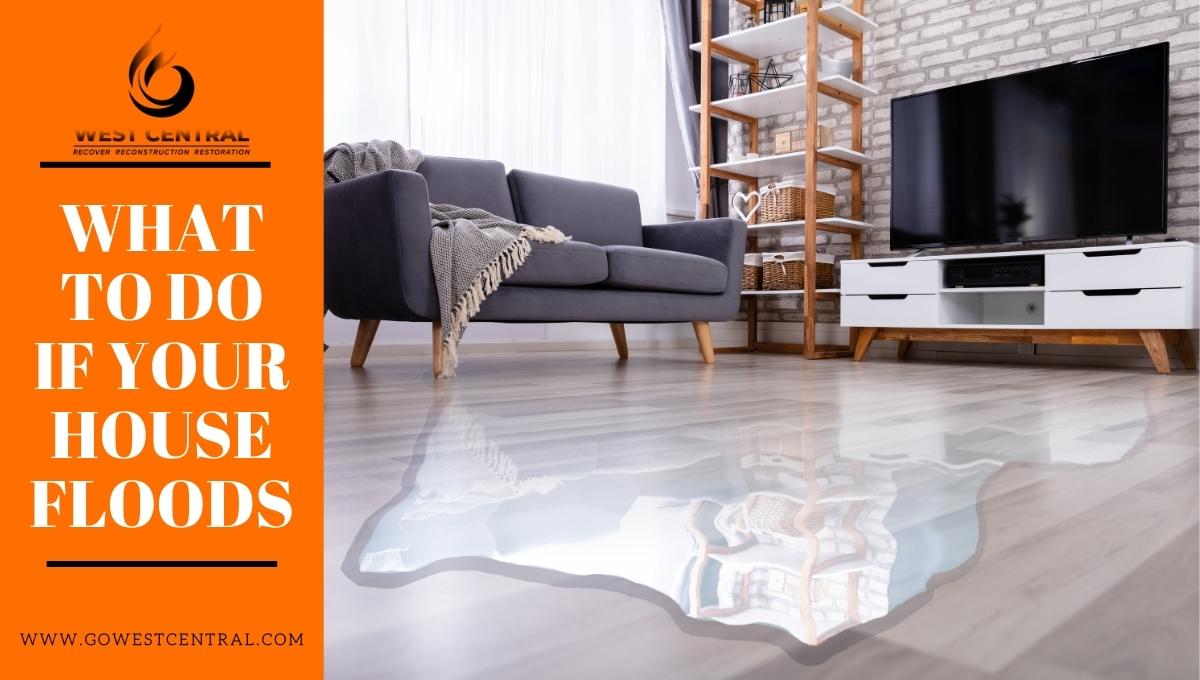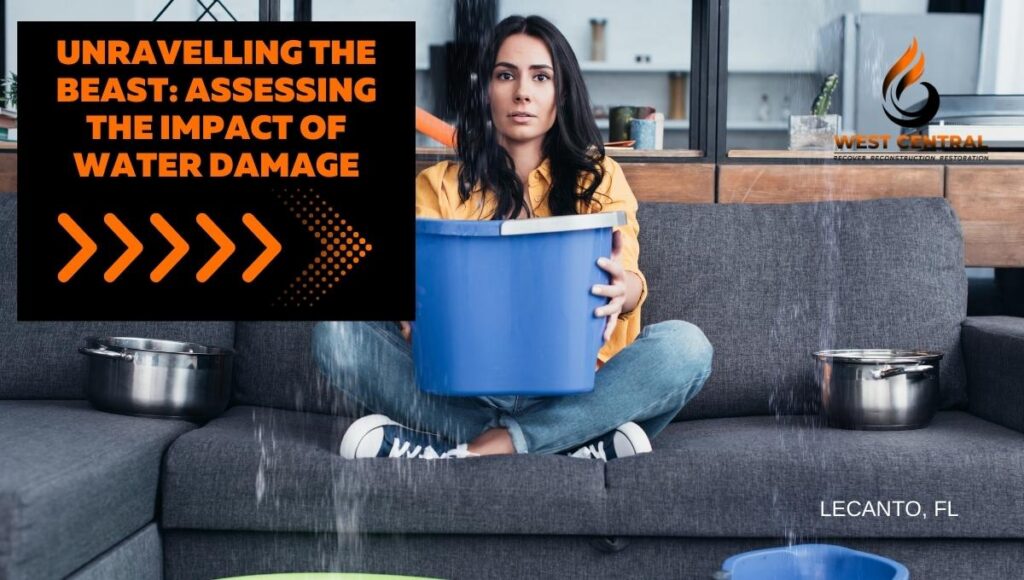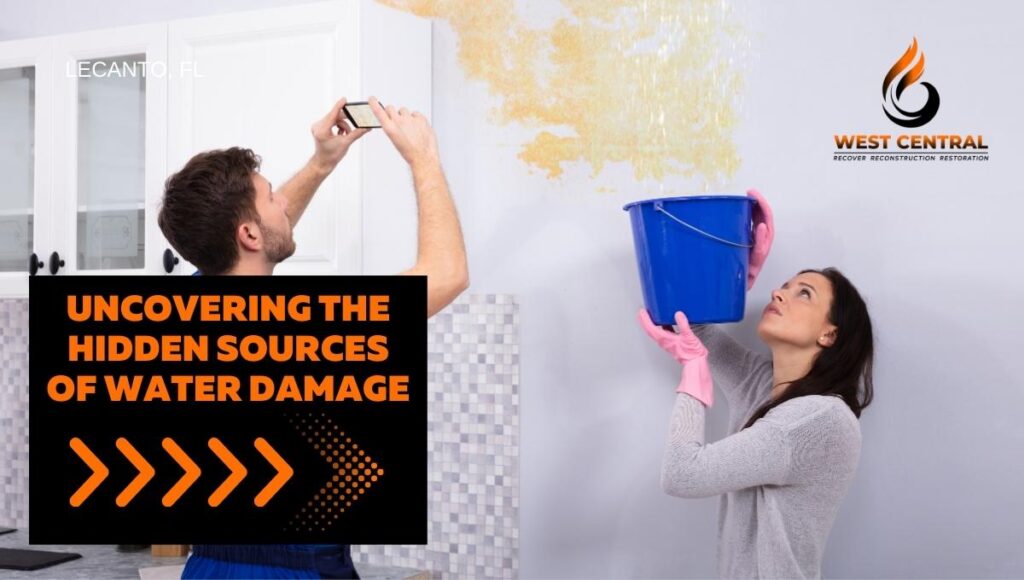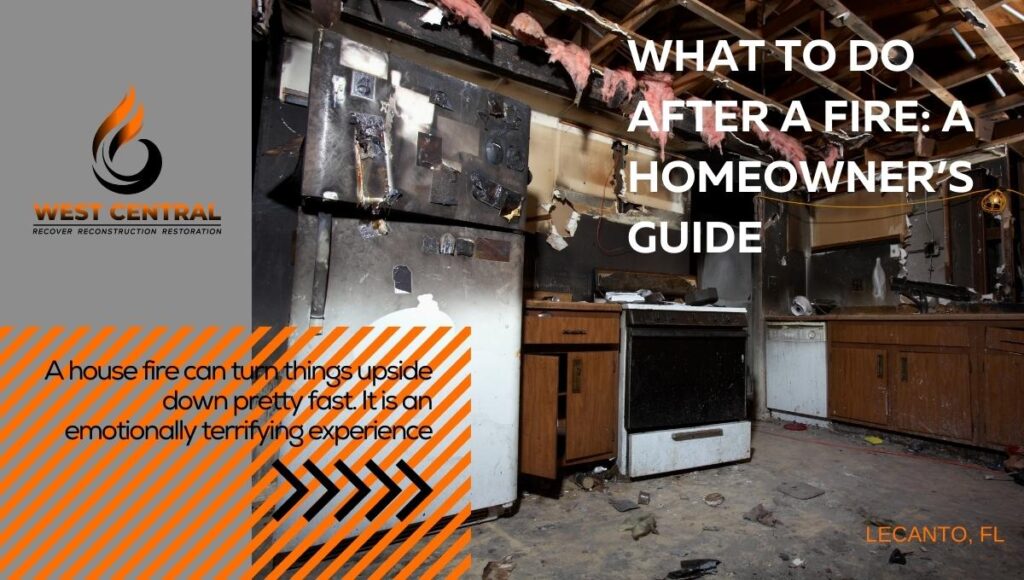 Flooding can be damaging and devastating. Whether due to heavy rains, a sewer backup, malfunctioning sump pump, or a burst pipe. Not to mention you will be exposed to contaminated water, damage your valuable belongings, or suffer long-term structural damages.
Flooding can be damaging and devastating. Whether due to heavy rains, a sewer backup, malfunctioning sump pump, or a burst pipe. Not to mention you will be exposed to contaminated water, damage your valuable belongings, or suffer long-term structural damages.
What should you do if your house floods?
1. Act swiftly to prevent further damage
At the first sign of water in your house, cut off the power connection to all low-lying power outlets to minimize the risk of electrocution.
Unplug and move all machines and equipment such as heaters, freezers, lamps, and power tools to a safer location.
With large appliances, such as dryers, washers, and freezers, unplug and put them on blocks to keep them out of the rising water.
If your house has been hit by a major flood that makes it entirely unsafe to stay, evacuate your family to a secure location. You can monitor the flood until it’s safe to return.
Upon return, turn off the power to avoid electrocution. Wear protective clothing such as rubber boots and gloves as you reenter your home to shield yourself from the contaminated water and the debris in it, even sewage.
If it floods in your home while you’re away or asleep, contact your local utility company to help cut the power to your home. Do not touch electrical devices or panels with your feet in the water.
Keep your electric sump pump plugged in—you can use a backup generator for this. You may also need a backup generator to power water vacuums, additional pumps, and lights.
2. Call your insurance company
Your homeowner insurance is likely to cover flooding—most do cover floods due to backed-up city sewers, storms, storm drains, burst pipes, and broken sump-pumps.
Upon calling, your insurance company will send an adjuster to assess and determine the extent of damage and whether it is covered. For covered damages, you are paid as soon as they are ascertained.
Remember, flood damage repairs may be too costly. You need the insurance payout to get your house back in order with less financial burden.
The adjuster may not arrive as soon as you call. Make sure to document everything, including their values, and to take as many photos as possible before, during, and after cleanup.
These will be useful when the adjuster assesses the damage.
3. Stop the water
Quickly identify the source of the floodwater and find a way to stop more water from coming in. Unless the flood is an act of nature, you can control the water at the source.
For instance, you can turn off the main water valve to your house to prevent further flooding.
If your sump pump is broken or malfunctioning, you can replace it to keep up with continuing rains and prevent further damage to your basement, garage, crawl space, or main floor.
And if the flood is due to a burst pipe, you can fix the plumbing as soon as possible.
4. Removing the water
The process used to remove the water depends on the extent of flooding. You can bail water out using buckets and bins or hoses to drain considerable amounts of water.
As the water starts to recede, you can use a wet vacuum to suck the remaining water and moisture from your carpets and floors.
And in case of minimal flood damage, you may just mop up the mess.
5. Drying the home
Standing water may be successfully removed from your home, but you still need to deal with the dampness and wetness.
If the power supply is restored, you can use your air conditioning and portable fans to dry the wet areas.
And to deal with closed spaces, like basements and crawl spaces, dehumidifiers are ideal. Dehumidifiers are designed to remove excess moisture in the air, dry out your home, and minimize potential damages.
6. Cleanup
After you’ve called your insurance provider and they have allowed you to go ahead with cleaning, you can start post-flood cleanup, either doing it yourself or involving a professional.
Cleanup will involve determining what can be salvaged or thrown away, areas that can be repaired, and how to minimize the effects of future floods.
If you have to clean your house on your own, make sure to wear proper protective gear, such as waterproof boots and waders.
Carefully and thoroughly remove the water, salvage your belongings, dry out the affected areas, and disinfect the spaces and objects touched by the water.
Dry your carpets and rugs as soon as possible to prevent mold and mildew.
All the windows should be open to allow faster drying and prevent mold formation.
If you’re overwhelmed or lack the skills and equipment to deal with the flood damage properly, call a flood damage restoration service to help with the cleanup.
Professional cleaners will arrive promptly, properly remove the water using industrial-grade equipment, carefully salvage your valuable belongings, completely dry the house, and repair the damages.
If your house is likely to flood again in the future, flood damage restoration professionals will do their work in a way that mitigates the damage that the next flood can cause. They do this by installing property flood resilience measures.
Want to work with a reliable flood damage restoration company?
At West Central Equipment and Restoration, we have the right equipment and personnel to deal with any commercial or residential property flooding effectively. We offer 24/7 emergency flood damage restoration and promptly respond after your call to ensure the least possible damage.
Trust us to identify the cause of the flood quickly, stop the water flow at the source, remove the water, salvage your items, dry your house, repair the damages, and undertake steps to minimize damages from future floods. We can also assist you with your insurance claims.
Call us today for more information on water, fire, and flood damage restoration in Lecanto, Florida.











